The Testament of Mary (Sydney Theatre Company) ★★★★1/2
The opening scene of the The Testament of Mary sets the tone of this excellent production and dramatises brilliantly Colm Tóibín’s radical reassessment of Mary as the Mother of God. Elizabeth Gadsby’s dark marble set, bordered by a red velvet rope, holds one empty chair, one empty cardboard box. Two stairs lead to a tall, seemingly solid marble arch. A sepulchre? No. When the lights come up, the richly robed Blessed Virgin is revealed in all her iconography – votive candles, golden halo, suckling breast, cradled lamb – standing rigid in her niche. She steps down from her pedestal, discards her regal dress. She casts off her pulsing heart and rigid breast, throws down the lamb, then peels off the immobile mask of serenity. Before us stands Mary, the ageing, grief-stricken mother of a crucified son.
Tóibín’s Mary cannot sleep. She is haunted by what she has witnessed, by her loss, her regrets, her personal failures. She now lives in a foreign land, guarded by men who want to transcribe her memories of ‘that time’, ‘that day’; to validate the narrative they are busy constructing. They tell her that she held her son’s broken body after he was taken down from the Cross. They inform her about his conception. She knows better. In their absence, she gives voice to her truth.
Continue reading for only $10 per month. Subscribe and gain full access to Australian Book Review. Already a subscriber? Sign in. If you need assistance, feel free to contact us.



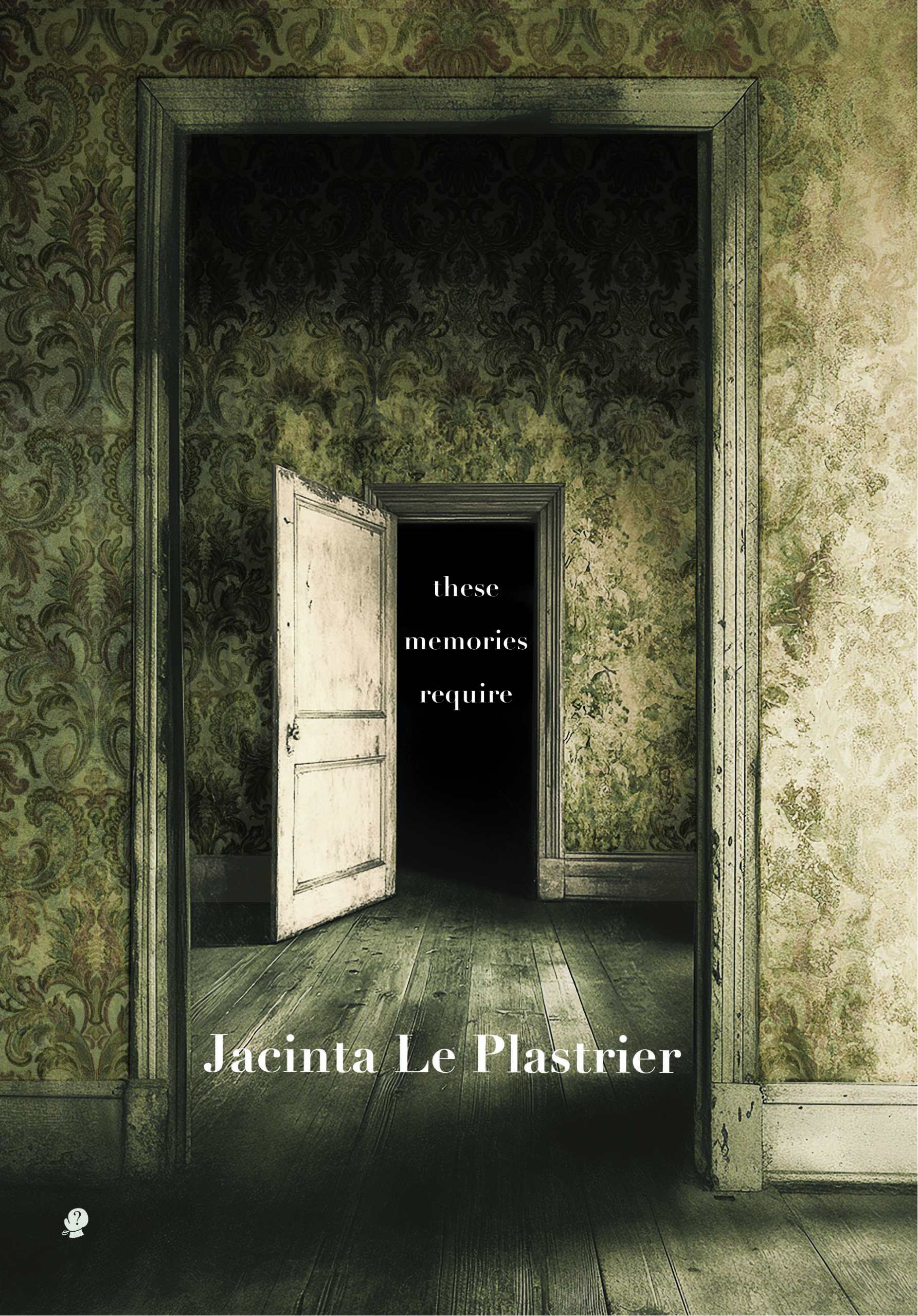
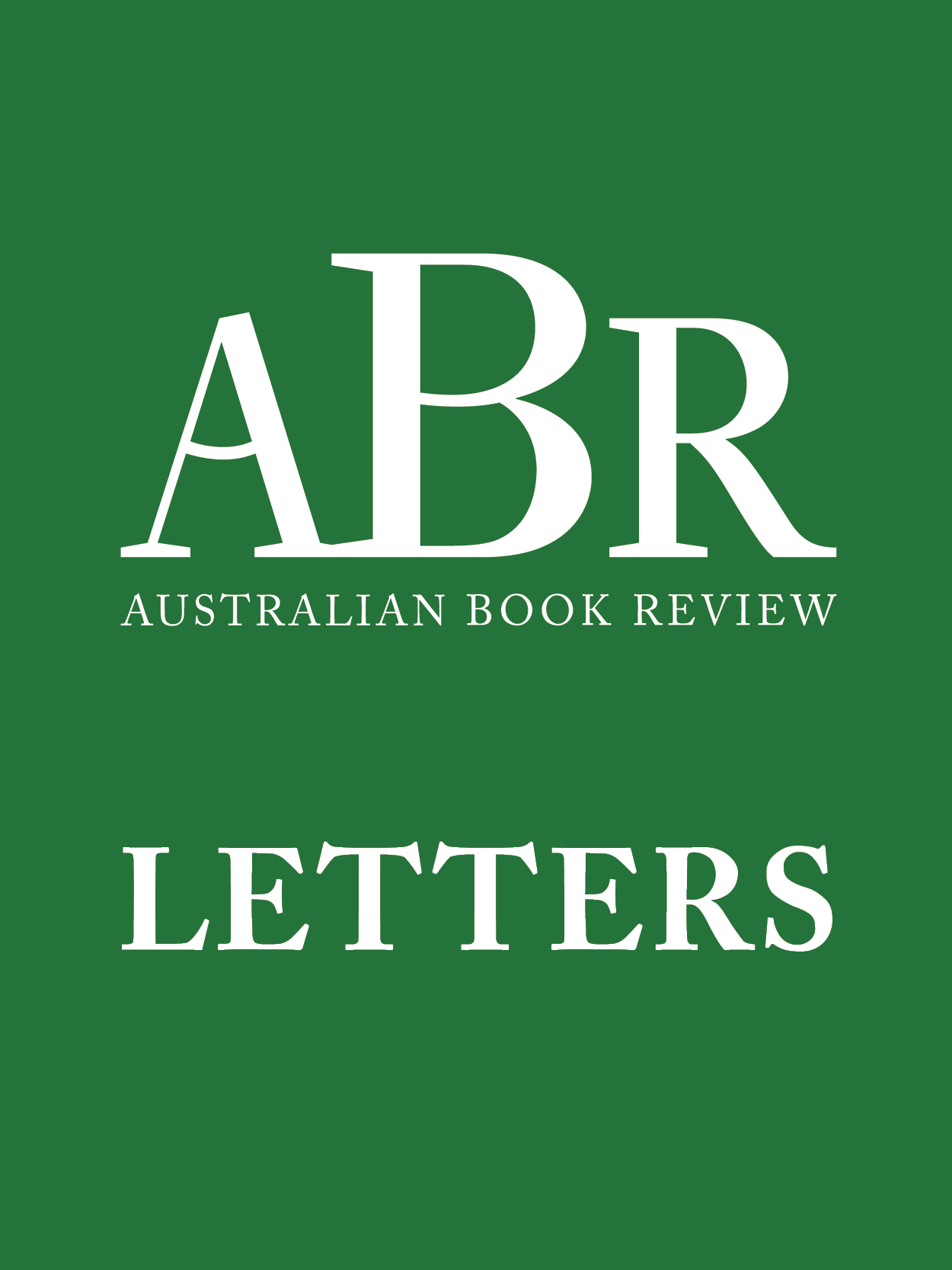
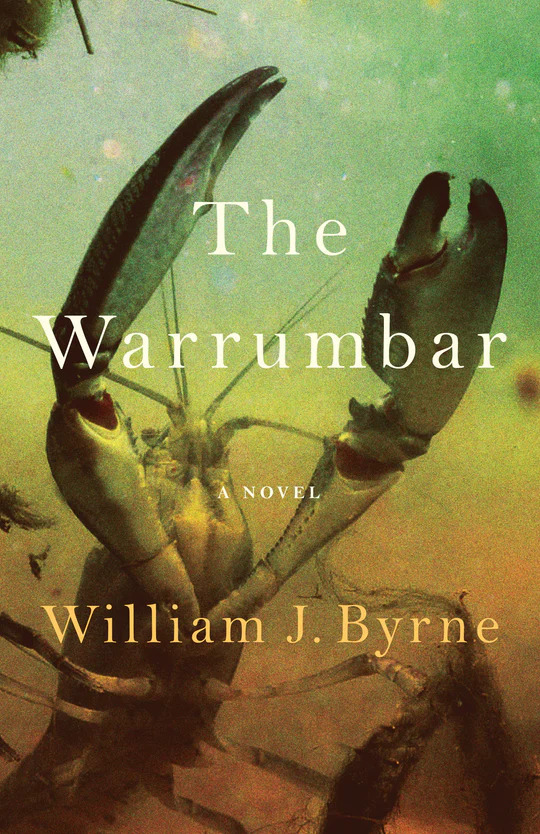


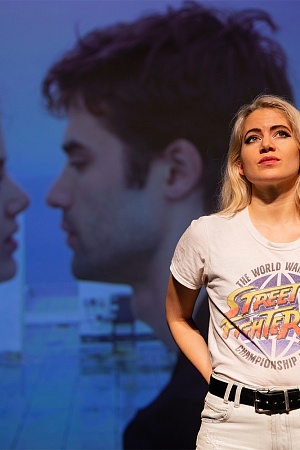
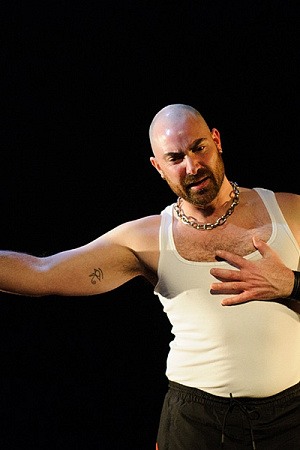
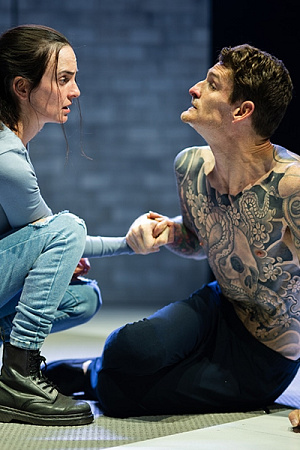
Leave a comment
If you are an ABR subscriber, you will need to sign in to post a comment.
If you have forgotten your sign in details, or if you receive an error message when trying to submit your comment, please email your comment (and the name of the article to which it relates) to ABR Comments. We will review your comment and, subject to approval, we will post it under your name.
Please note that all comments must be approved by ABR and comply with our Terms & Conditions.